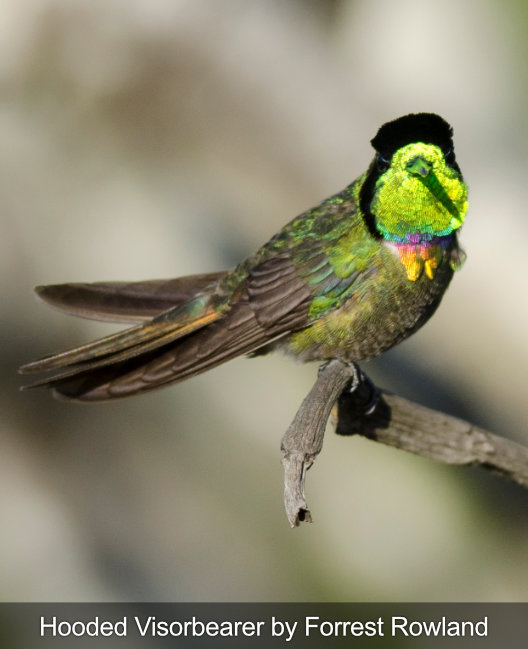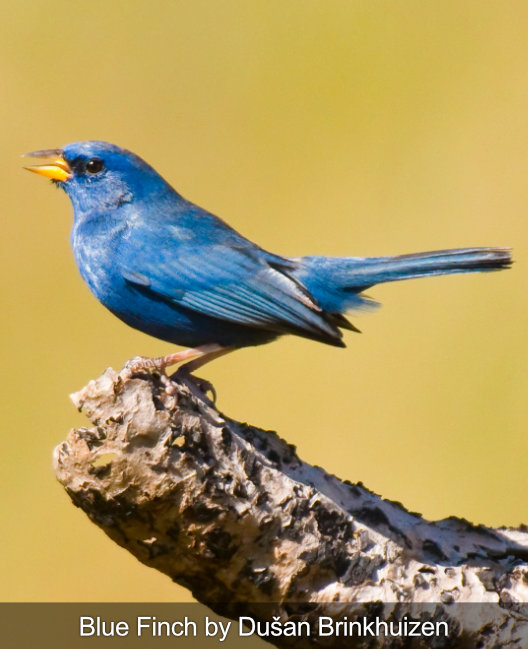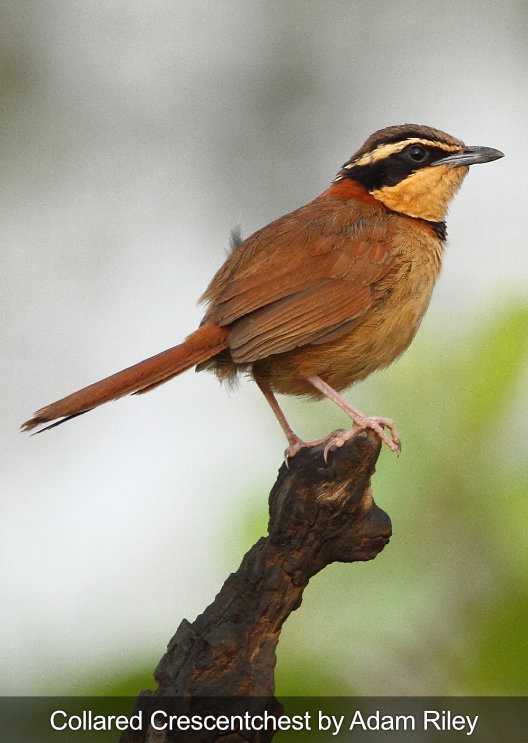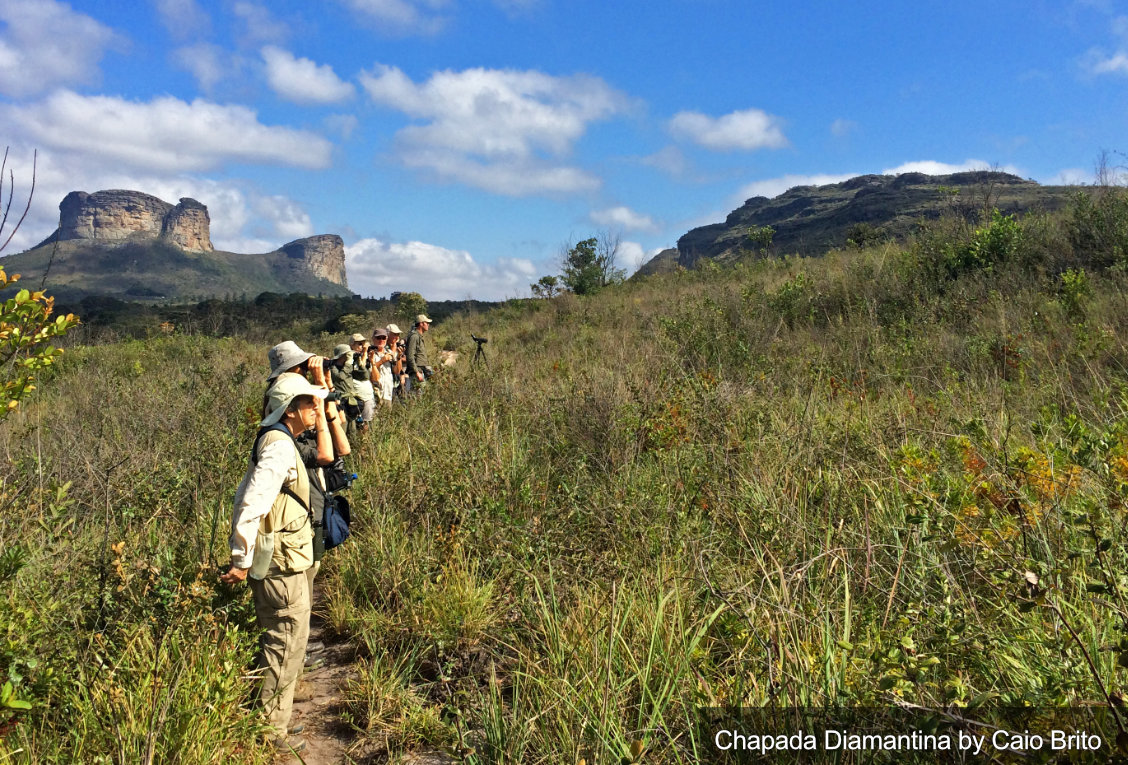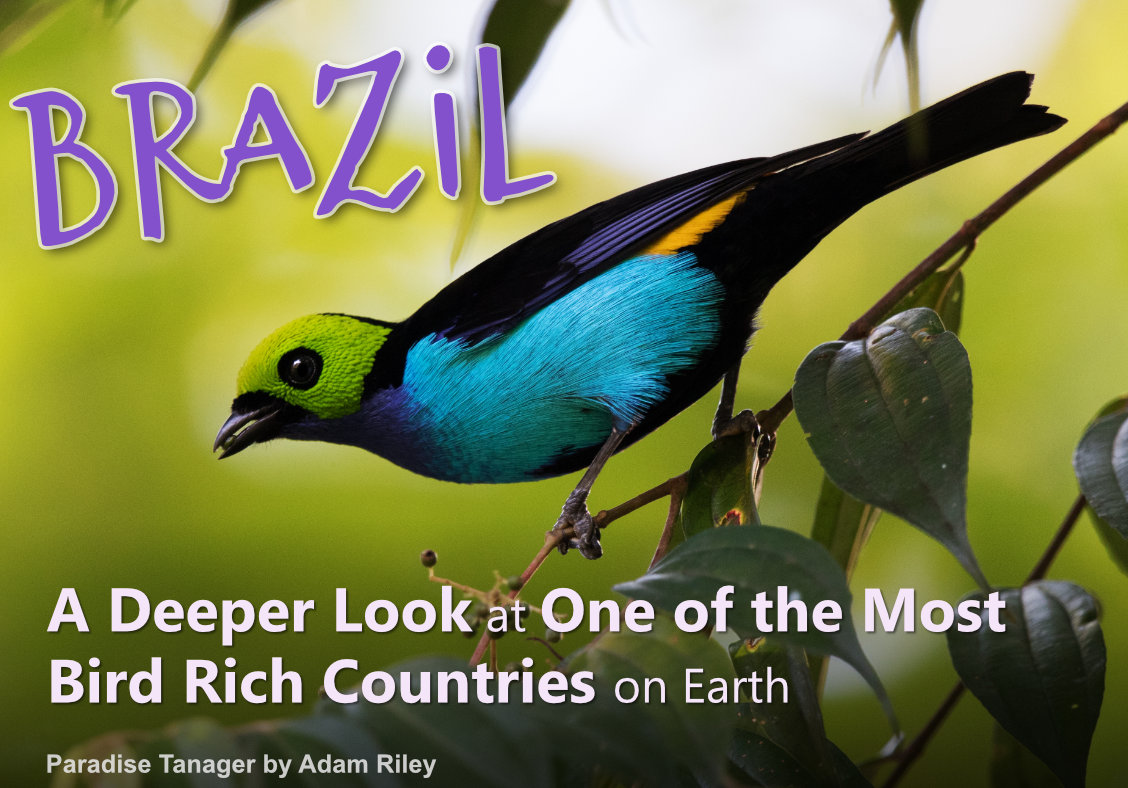
Vibrant, vast, and prolific. Whether it’s world cup winning football teams, the world’s biggest parties and festivals or the sheer scale of the countries wilderness areas and wildlife, Brazil is a place of immense talent and potential.
From a wildlife perspective Brazil has the largest mammal diversity on the planet with over 600 species and many more likely awaiting discovery. On the Brazil birding front 1827 species have been recorded and an incredible 238 of those are endemic! The numbers are staggering but it is also a country with a questionable conservation history. There are many people and organisations in Brazil who are doing a huge amount to invest in ecotourism, build the countries infrastructure around wildlife and protect the incredible remaining habitats but for this to be a success it also needs buy in from international and domestic travellers. With over 65% of the population vaccinated now is an excellent time to start considering your first tour or a return visit to Brazil.
Brazil is so massive that to cover it from a birding perspective you need to consider at least 4 tours and potentially more. Think of it more as 4 countries in one. Below we have very briefly broken the regions down into digestible sections with the highlights clearly noted.
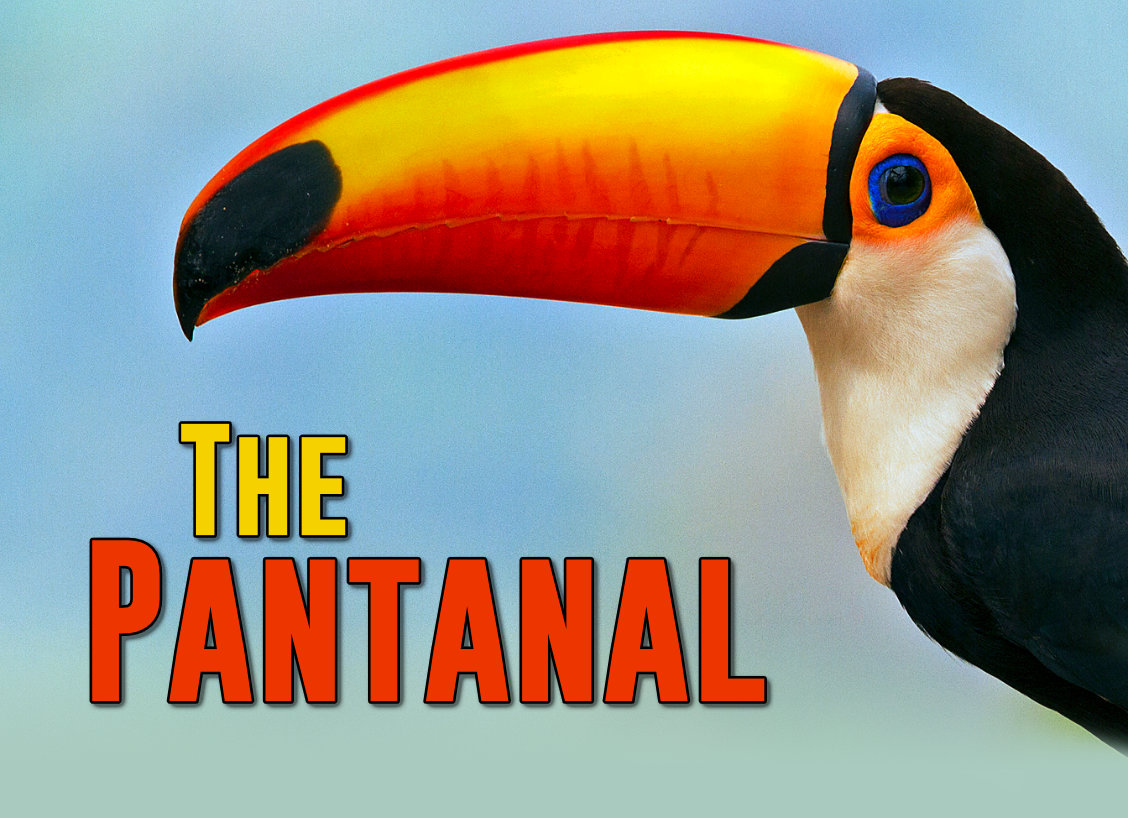
The Pantanal is the planet’s largest tropical wetland, encompassing 96,500 square miles (250,000 square kms) of emerald forests, savannas, swathing rivers and shallow lagoons. This area is also the perfect introduction to not only Brazil but South America as a whole and is also the best place on the continent to see big wildlife.
Highlights:
- See over 300 species of birds in the Pantanal alone
- Best place on the planet to find Jaguar
- Amazing photographic opportunities
- Other fabulous mammals such as Giant Anteater, Ocelot, Brazilian Tapir, Southern Tamandua, and Giant River Otter
- See members from unique bird families such as Sunbittern, Limpkin, Sungrebe, Black-capped Donacobius & Red-legged Seriema
- Enjoy large showy birds including Hyacinth Macaw, Jabiru, Bare-faced Currasow, Greater Rhea, Southern Screamer, and Toco Toucan
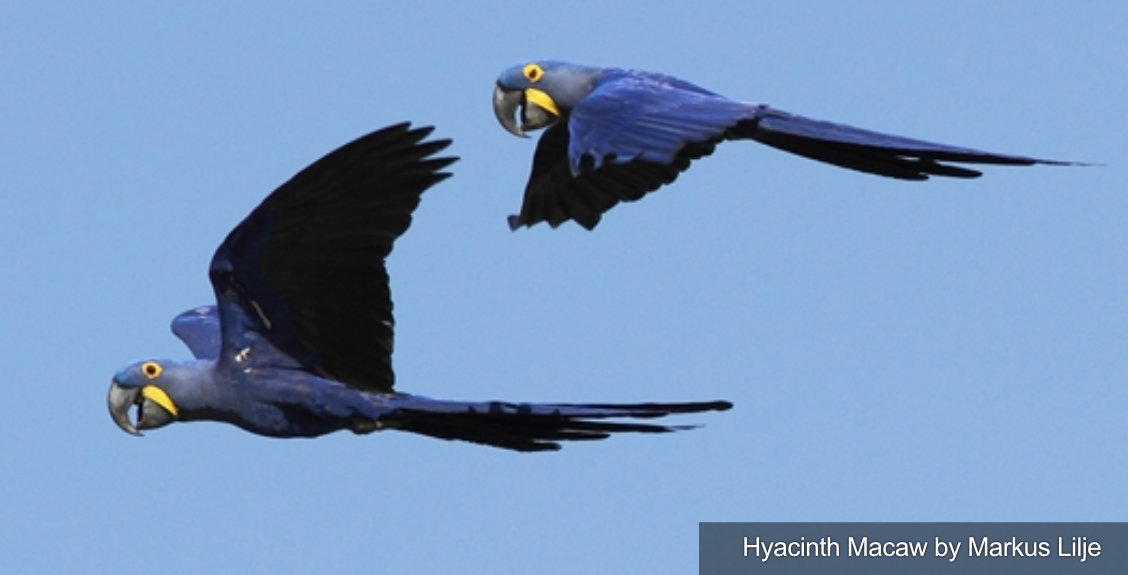
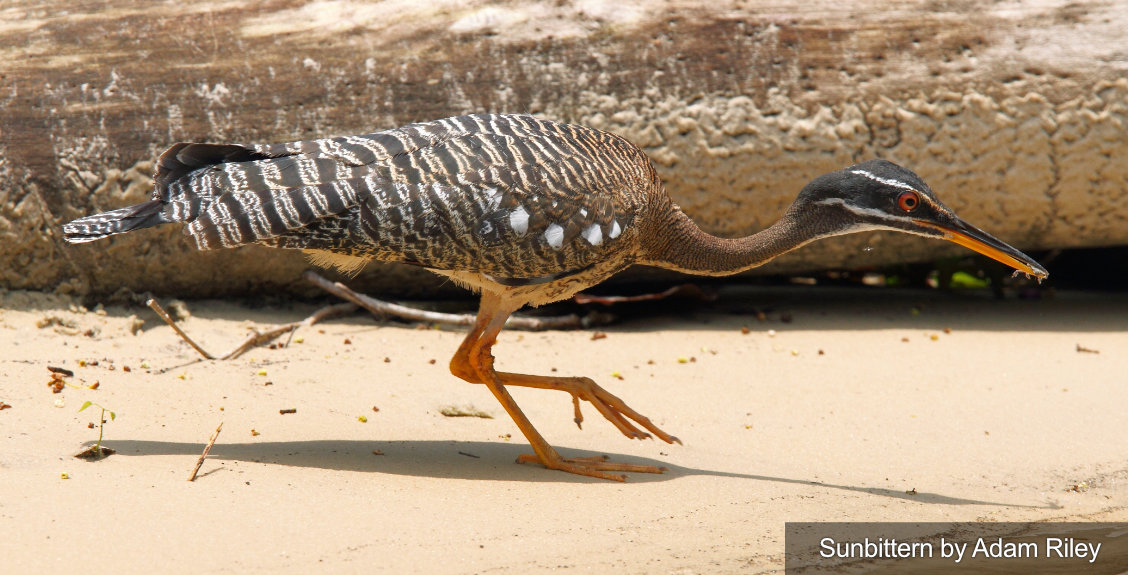
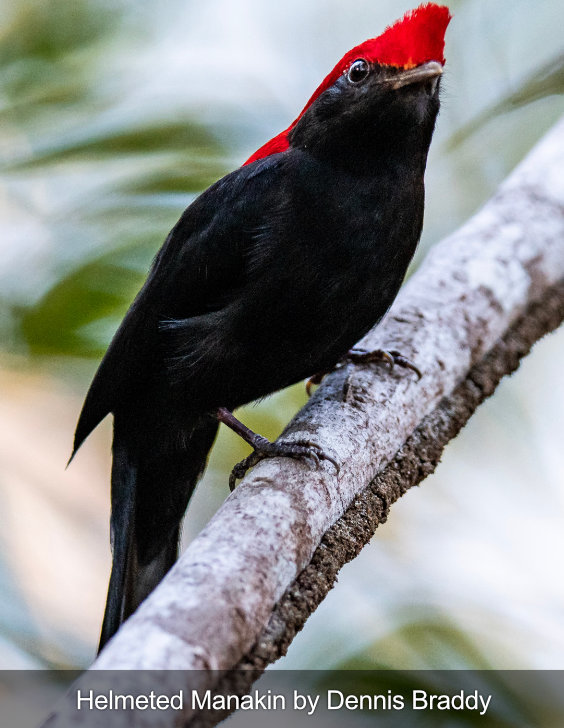
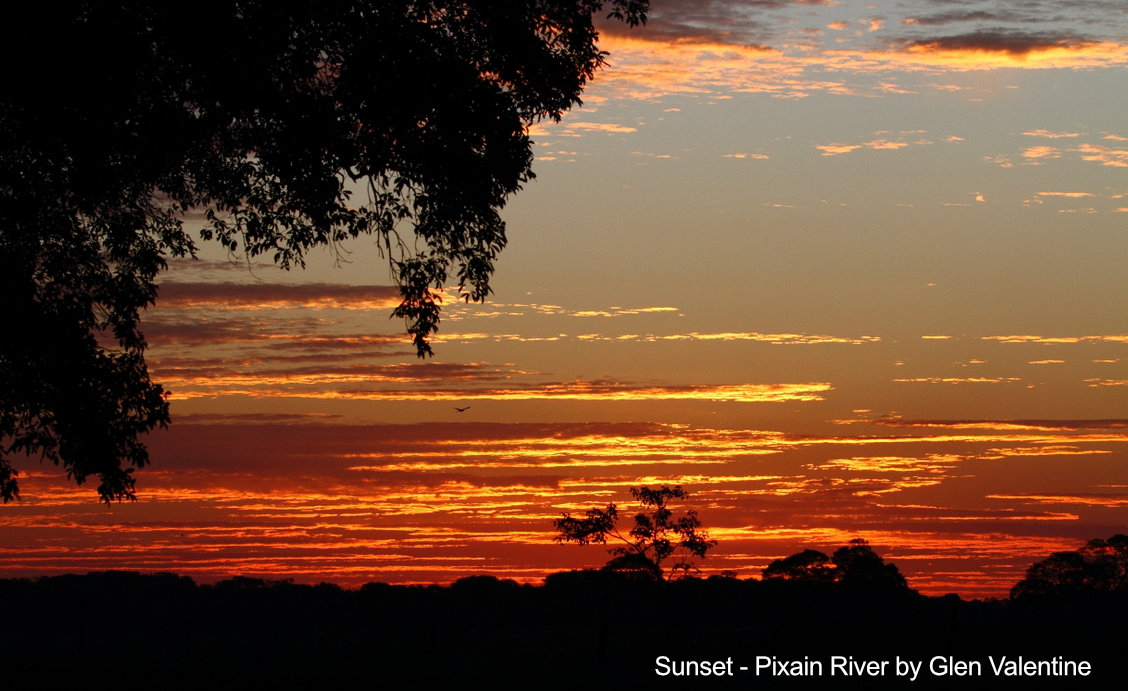

When most people think of Brazil they think of Rio, Carnivale, Sugarloaf Mountain and endless beaches. When birders think of Brazil, they think – ENDEMICS and the Southeast of Brazil is a critical endemic zone. Brazil’s southern Atlantic rainforests dominate but hill forest, mountainous regions, Cerrado (grassland and savanna type habitat) and different elevation levels hold a frequently changing assemblage of stunning species.
Highlights:
- Explore some of Brazil’s most famous birding sites – Ubatuba, Itatiaia, Intervales, Regua, and Serra da Canastra
- Visit remote locations and enjoy fabulous scenery from Serra do Cipo in the north to Porto Alegre in the south
- The volume of endemics – over 80 different species could be seen
- See some of the world’s most endangered, localised and range-restricted species such as Brazilian Merganser, Hyacinth Visorbearer, Cipo Canastero, Cipo Cinclodes, Black-hooded, Sao Paulo and Restinga Antwrens, Grey-winged and Black-and-gold Cotingas, Itatiaia Spinetail
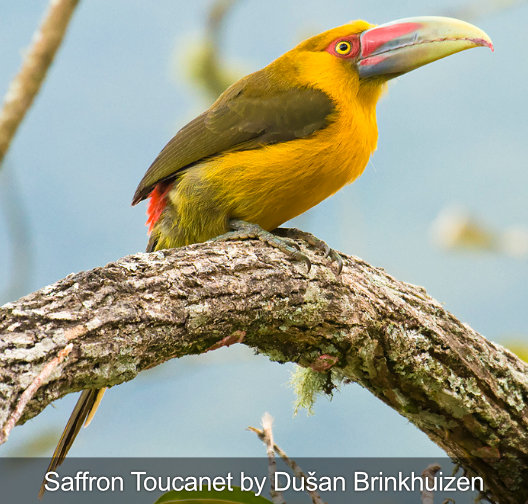
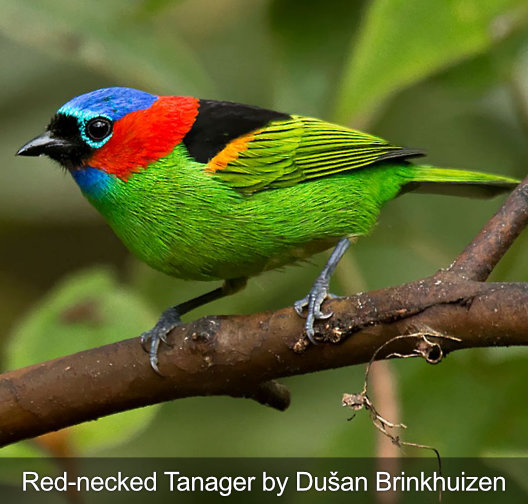
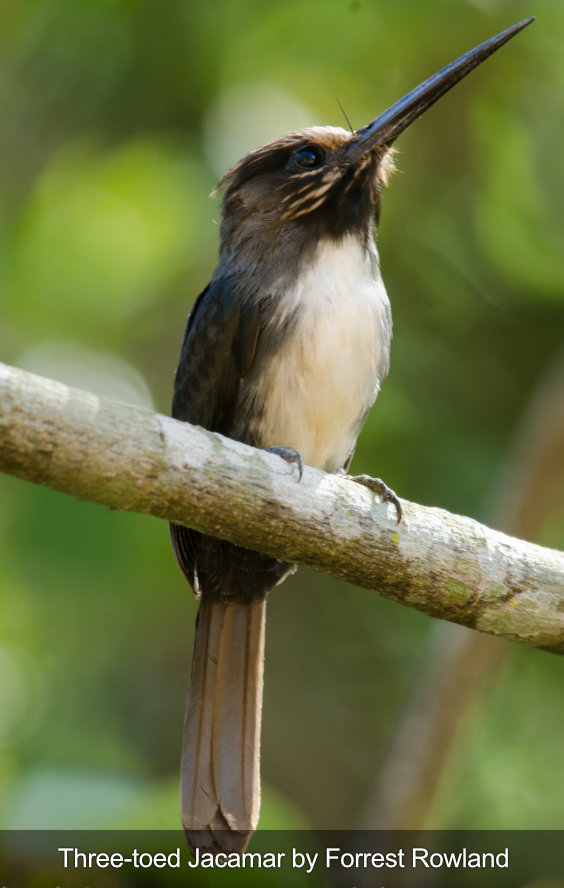


No feature on the continent of South America is more recognizable, more written about, or more wistfully contemplated than the mighty Amazon River. Despite this amazing river’s nearly 4000 miles of length, remarkably few ports of access exist. In fact, the entirety of the Amazon Basin, some 2,800,000 sq. miles (!), represents the largest contiguous area of intact rain forest, and least populated area, in the entire Western Hemisphere. No wonder the draw of the Amazon is irresistible to the nature-loving explorer in all of us! At Rockjumper we offer a number of different tours to access different zones of the Amazon where a veritable feast of birding awaits.
Highlights:
- Explore vast tracts of pristine lowland rainforest by boat and on foot
- Harpy Eagle nests are regularly known about and can be visited
- Enjoy birding from canopy towers where the experience of being up in the rainforest is special while also seeing many fabulous species of birds and mammals at eye-level.
- Many of the birds are spectacular and impressive such as Capuchinbird, Guianan Cock-of-the-rock, Crimson Fruitcrow, Pompadour Cotinga, Fiery-tailed Awlbill, Crimson Topaz, Paradise Tanager, Red-and-green Macaw, Red-necked Aracari, Red-fan Parrot
- See representatives from unique and sought-after families including Cock-of-the-rock, Trumpeters, and Hoatzin


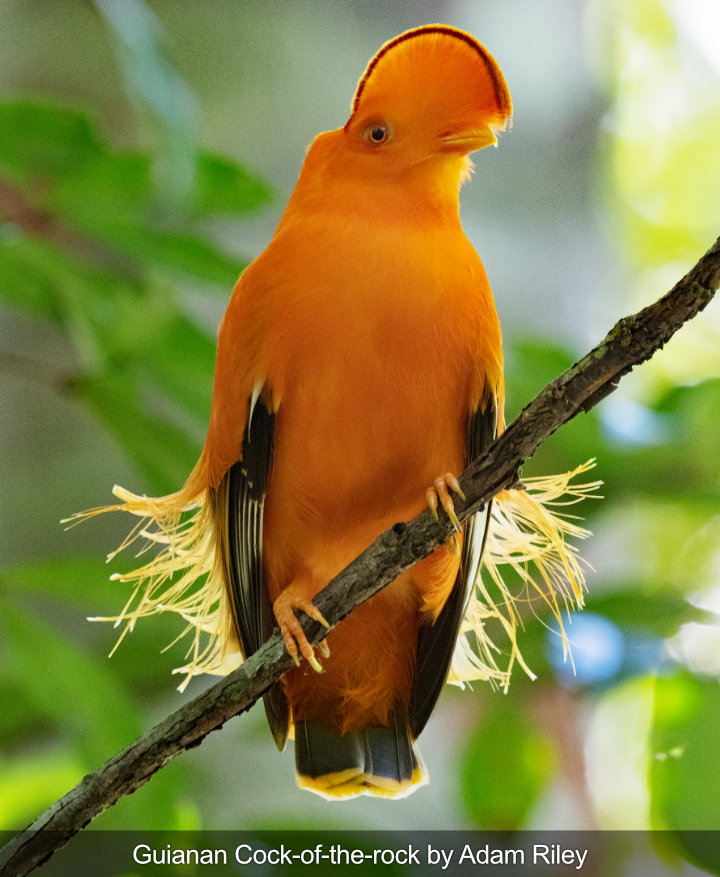
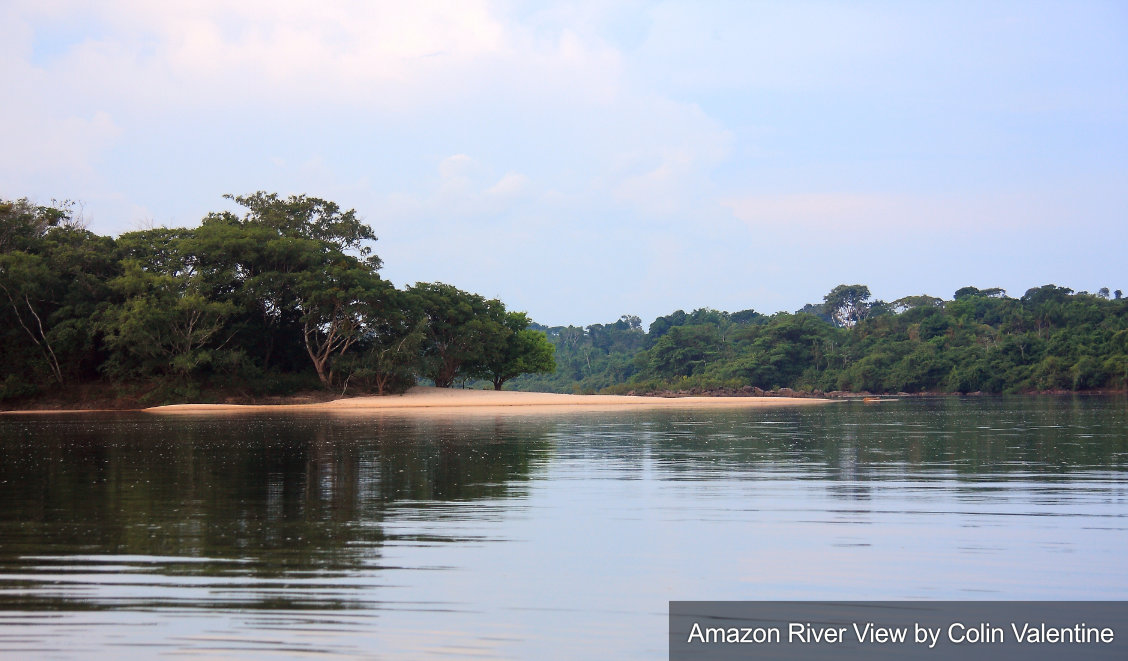
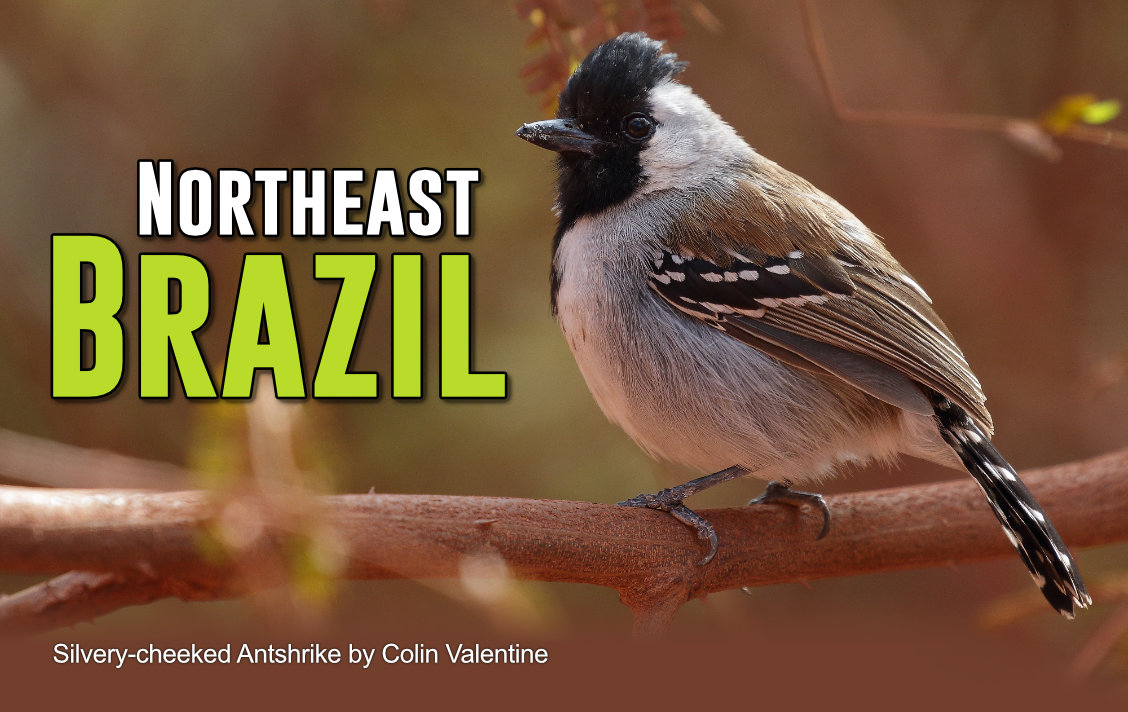
Northeast Brazil is a land of outstanding contrast: from gorgeous white-sand beaches, to arid, cactus-topped plateaus, and the humid montane slopes in between. This region has all the beauty and diversity that any birder could ever hope for. Perhaps what this area is best known for, however, is the stunning array of beautiful endemics that flourish in the diverse habitats of Ceara, Pernambuco, Alagoas and Bahia.
Highlights:
- Standing among a colony of a few hundred endangered Lear’s Macaw at dawn as they start out their day calling and flying about around you is one of the world’s great birding experiences.
- Home to an extraordinary number of endangered and critically endangered species including Grey-breasted Parakeet (EN), Araripe Manakin (CR), Lear’s Macaw (EN), Orange-bellied Antwren (CR), Alagoas Antwren (CR), Alagoas Tyrannulet (CR), Pinto’s Spinetail (EN), Bahia Tyrannulet (EN), Slender Antbird (EN), Blue-eyed Ground Dove (CR), White-collared Kite (EN), Hook-billed Hermit (EN), Scalloped Antbird (EN), Fringe-backed Fire-eye (EN), Bahia Tapaculo (EN), Banded Cotinga (CR), Sincora Antwren (EN), Minas Gerais Tyrannulet (EN)
- See Brazil’s most recently rediscovered species the critically endangered Blue-eyed Ground Dove. The species was presumed extinct for 75 years until its rediscovery in 2015.
- Fabulous habitat and scenery abound such as Chapada Diamantina, Serra de Baturite, Chapada do Araripe and Serra Bonita
- See over 100 Brazilian endemics on a single tour!
